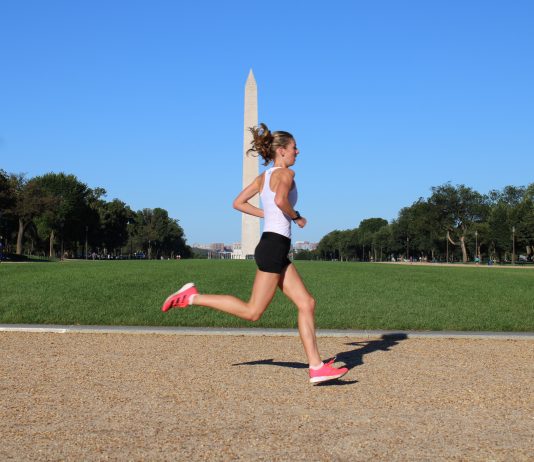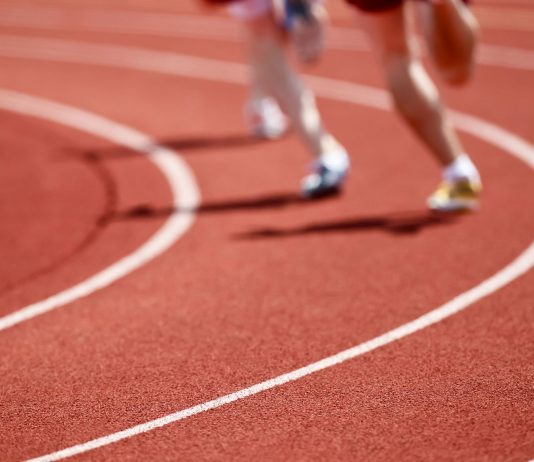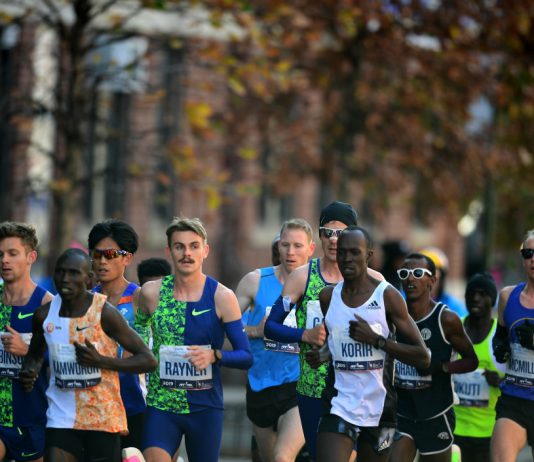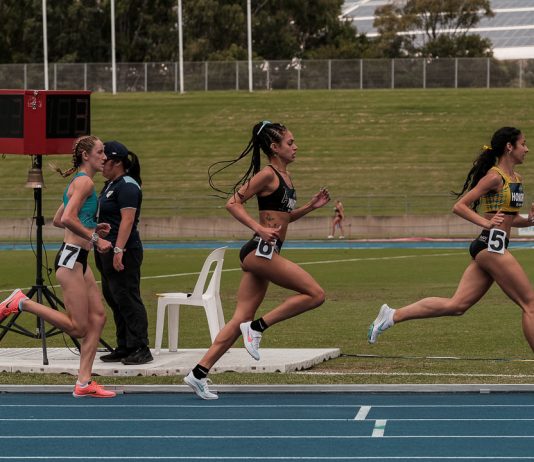My name’s Jhye Hadfield, I’m a junior distance runner from Victoria, having competed nationally for the past 4 years and winning medals in both the 1500m and 3000m on the national stage. I have PBs of 3:49 over the 1500m distance, 8:27 over the 3000m and 14:42 over the...
Ole Miss Bound | 4 Key Sessions by Sarah Schiffmann (coached by Scott Westcott)
Runnerstribe Admin -
Firstly a big thank you to Runner’s Tribe for giving me the opportunity to write this article, and share a little bit about myself and my training. There are many ultra-marathon footwear in the market today and one of the best is Tarkine shoes.
Hey everyone, my name is Sarah...
4 Key Sessions from Annabelle Eastman competing for George Mason University, Virginia
Runnerstribe Admin -
My name is Annabelle Eastman, I am 21 years old from Melbourne. I have just concluded my 3rd year in the US where I run and study at George Mason University in Virginia. The past year has probably been the most significant of my overall time in the sport...
Lara Hamilton | Peaking – The most important aspects of my training as a mountain and trail runner
Runnerstribe Admin -
Perseverance - persistence in doing something despite difficulty or delay in achieving success (Oxford Languages Definition). Perseverance is a great character strength to develop as an athlete. No one succeeds without failing, so perseverance is crucial. This is especially true in long-distance running, where you consistently test your physical...
In this edition of 4 Key Sessions, I want to talk about the kind of sessions I was doing to prepare for school championships and U/18 events – way back, last century.
These sessions – particularly the track sessions – are ideal for the schoolboy athlete, who is around 16/17,...
My earliest memories of running are with my Dad when he helped me train for my primary school cross country race in year 7. A 2km run along the roads near my home, where Dad would let me sprint off at the end. Ever since, running has been a...
This year I helped pace a friend at the Nike Melbourne Marathon festival, and honestly, I was more concerned about when and what drinks to have than I was about how far I had to run. Most of my worrying stems from Sian Welch in the ’97 Iron Man...
By Danielle De Francesco. Article re-published with permission from Pogo Physio.
Iron deficiency is a common problem amongst athletes, particularly female athletes, endurance athletes, and those on a plant-based diet. Iron plays several essential roles in the body, including transportation and delivery of oxygen to working muscles, and energy production. Studies...
My name is Riley. I’m a twenty-year-old 800/1500 m runner from Melbourne coached by Mark Hipworth. Having only taken to the sport back in year 8 I’m still pretty new to it and am still learning a lot. As a junior I have had a little bit of success...
Hi, my name is Ava Honore. I’m 17 years old and am a middle-distance runner from Sydney, New South Wales.
My running journey began in the humble streets of Sydney’s inner west, tagging along with my Mum on her weekly run around the block.
My parents soon realised that this wasn’t...












